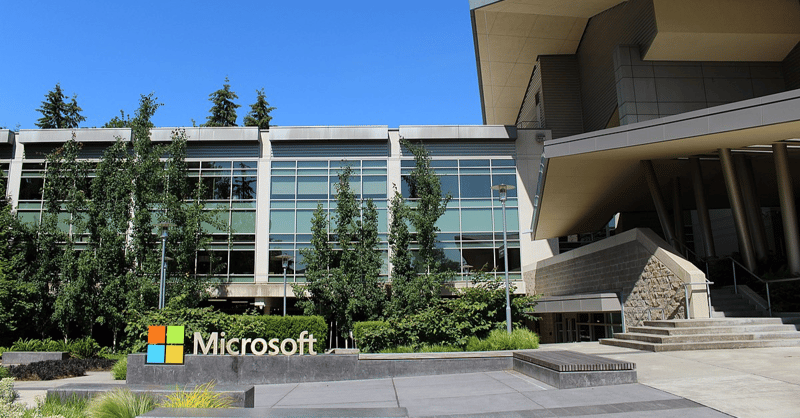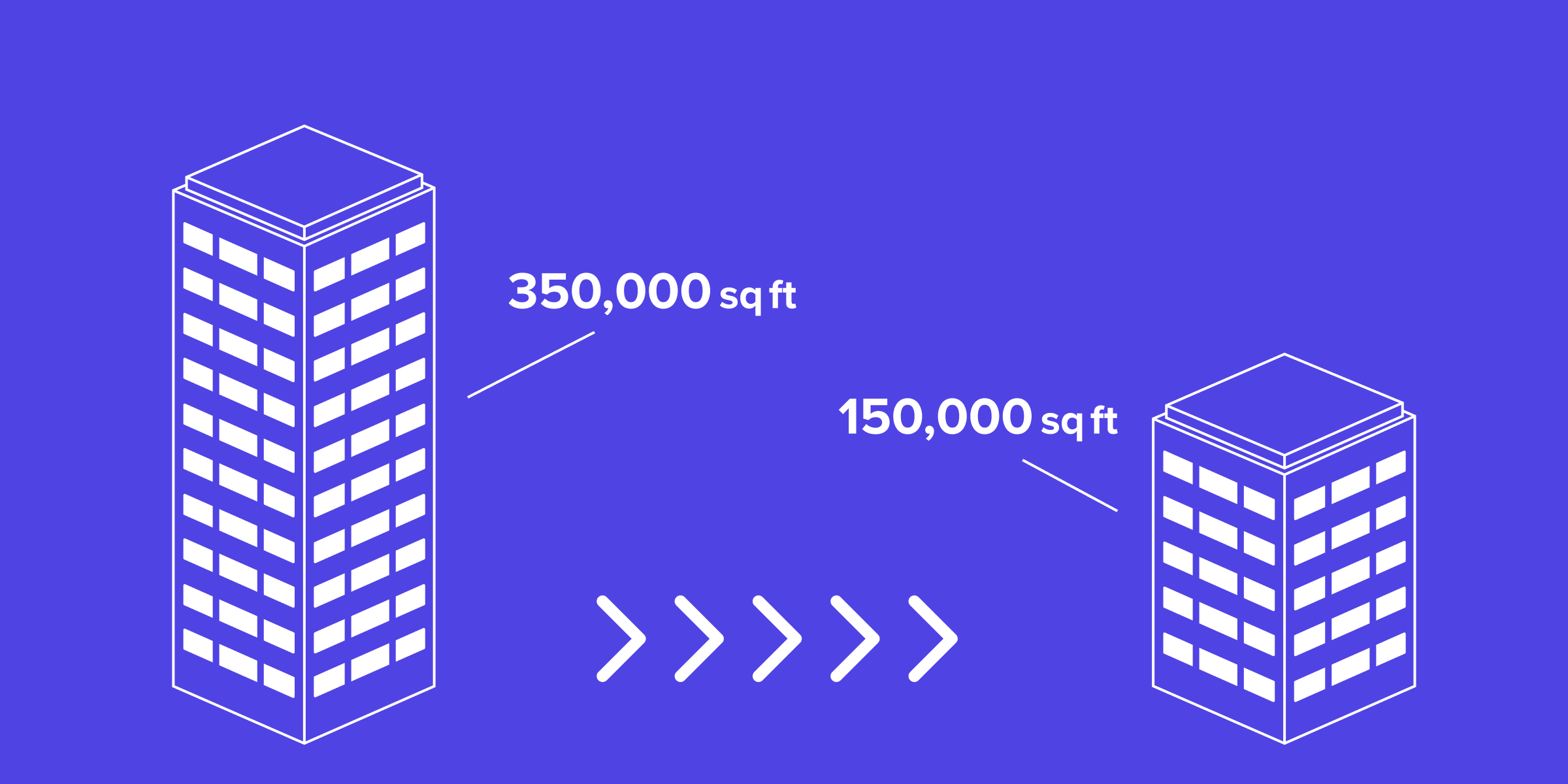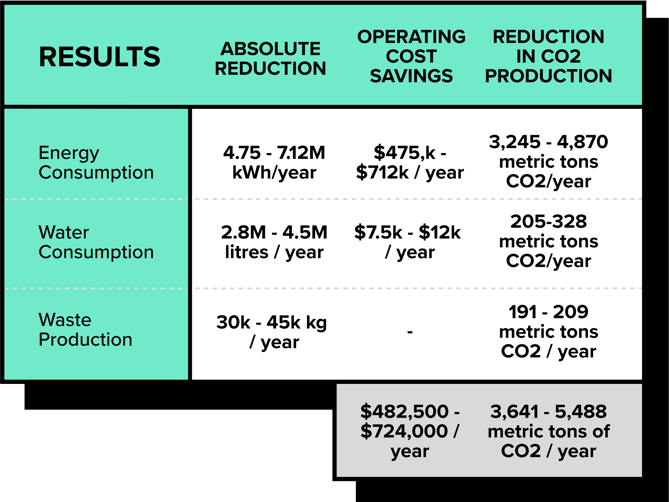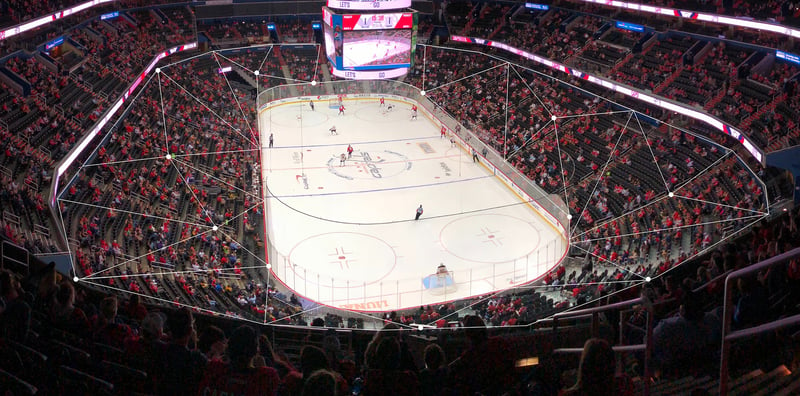
An InnerSpace Analysis: How One Fortune 100 InnerSpace Client Restacked Their Office and Saved Money
A look at our best-in-class insights at work
The challenge:
Our client, a multinational Fortune 100 company ran one part of their operation out of two office buildings, across the street from one another. One of the spaces was about 350,000 square feet. The other was about 150,000 square feet. Before the pandemic, this worked, but post-pandemic, the client opted for a hybrid model of work for their teams. Around the time this decision was made, the lease for the smaller office space was up for renewal.
The client imagined closing the smaller space and consolidating their operations into the larger one. However, they were concerned about the feasibility of this change and the impact on their employees' productivity. Would they have enough space?

The big (you need data to answer) questions:
- Would they have enough room to accommodate all the employees plus new employees?
- Would the big building have the right mix of spaces for all of the employees to keep productivity high?
The answers (with InnerSpace’s deeper insights and fulsome data)
With InnerSpace’s extensive insights, the client was able to answer these questions, and implement a restack that transformed their operation in more ways than one. They discovered that:
- They had the room to accommodate their current teams and planned new employees, with some changes to the layout of the big building.
- They needed some new space types; the teams coming from the smaller building liked enclosed, head down workspaces, and the teams from the larger buildings worked better in larger spaces. This resulted in a mix up of some of the underused larger spaces into smaller neighbourhoods, and the addition of heads down desk spaces.
- Reducing mobility, by putting collaborators and teams together could save everyone a lot of time and increase productivity.
Understanding where people went when they were moving, and the spaces they gravitated towards informed the restack.
.png?width=676&height=631&name=aug%20blog%205%20(1).png)
The result:
Did the client achieve what they wanted to with the restack? They sure did, and then some. The company did a review afterwards and found and grouped their results based on type.
Sustainability: This was the easiest category to measure. The restack provided huge sustainability benefits. The reduced carbon footprint equalled about 450 households and reduced water consumption by two Olympic pools annually.

Employee satisfaction: Teams were happier with more of the preferred workspace types, and the time savings they gained by not having to go so far to collaborate. These changes, in a large organization equated to 11 person years of productivity annually.
Employee experience: The restack also meant people wanted to be in the office more. After the changes to the office, there was a 17% increase in employees coming in, without any changes to the hybrid work mandate, and when they were there, they spent 15% more time than they had before the restack.
.png?width=680&height=634&name=aug%20blog%205%20(1).png)
Cost savings: Through the restack, our client saved a million annually in operating expenses, reduced their carbon footprint, and had a productivity gain that equated to around two million dollars.
.jpg)
The wrap up
Data-driven insights can lead to a marked improvement in your workplace, whether a restack is in the cards or not. If you’re looking for cost savings, increases in productivity and sustainability, and a better employee experience, we’d love to chat about how we can help you transform your office with data.
Other InnerSpace Case Studies
Accurate space utilization data through Wi-Fi?
We'll prove it to you.
See why industry leaders leverage InnerSpace to generate valuable insights that go beyond occupancy.








